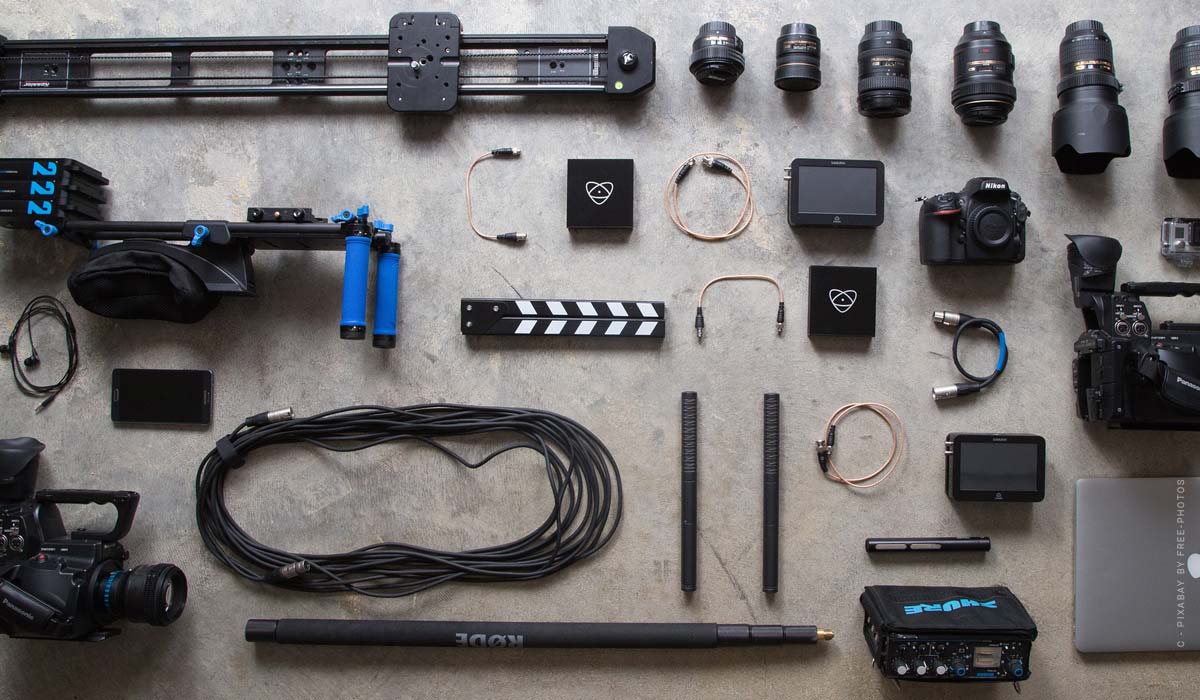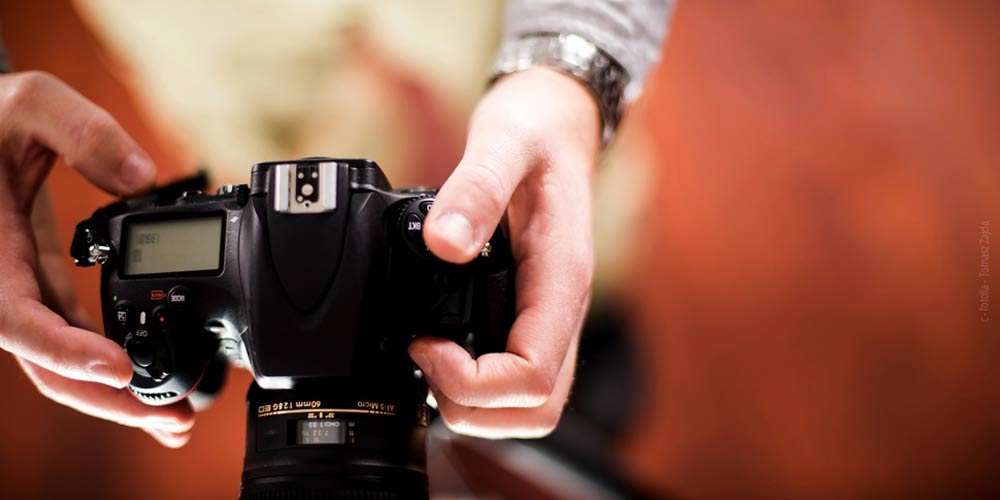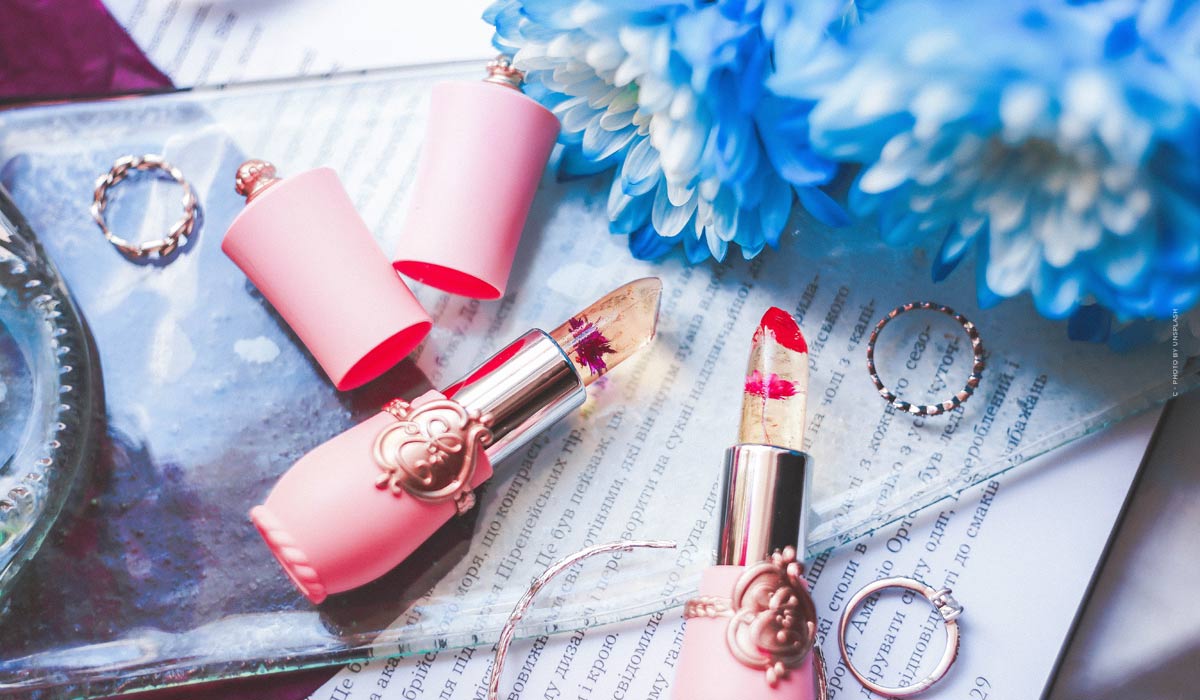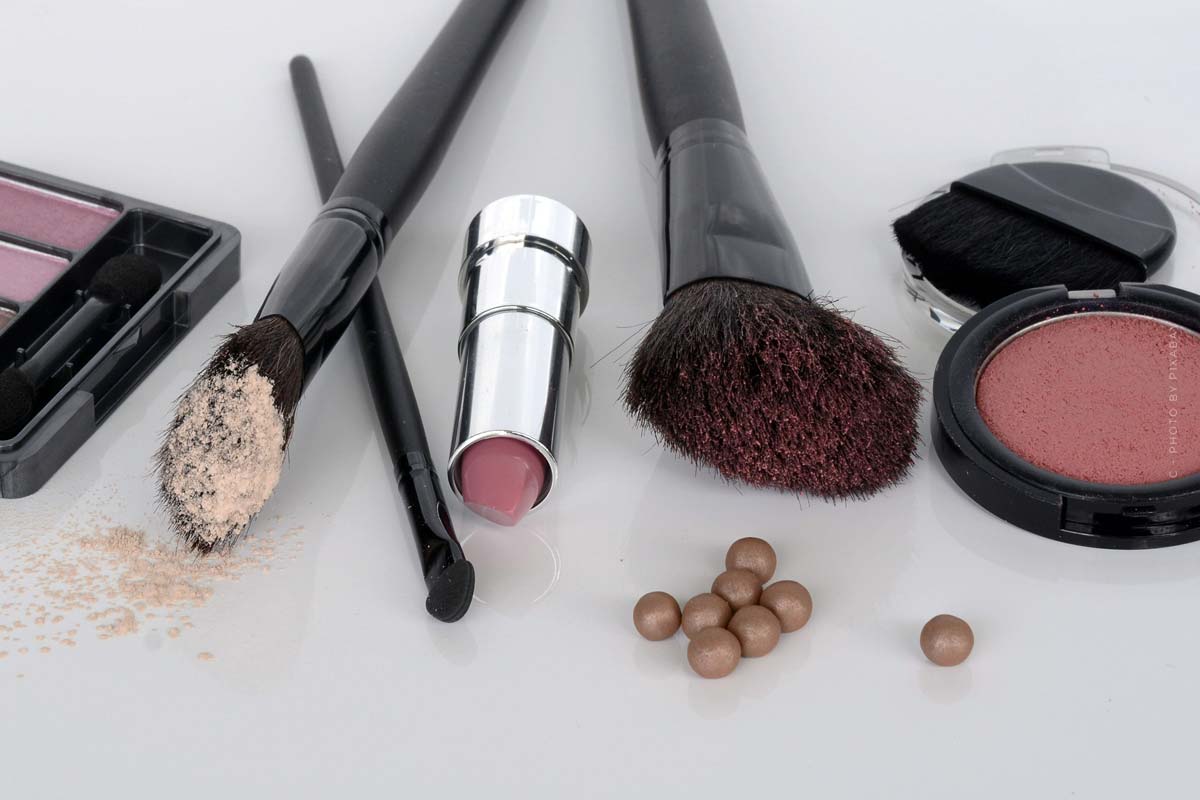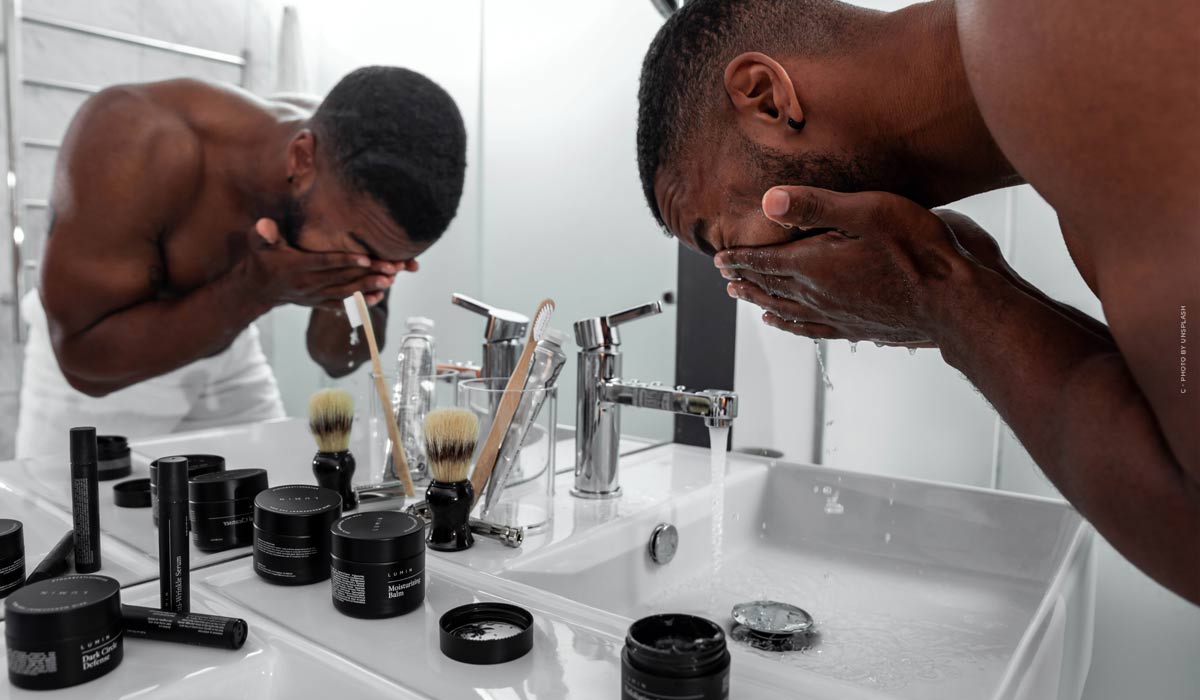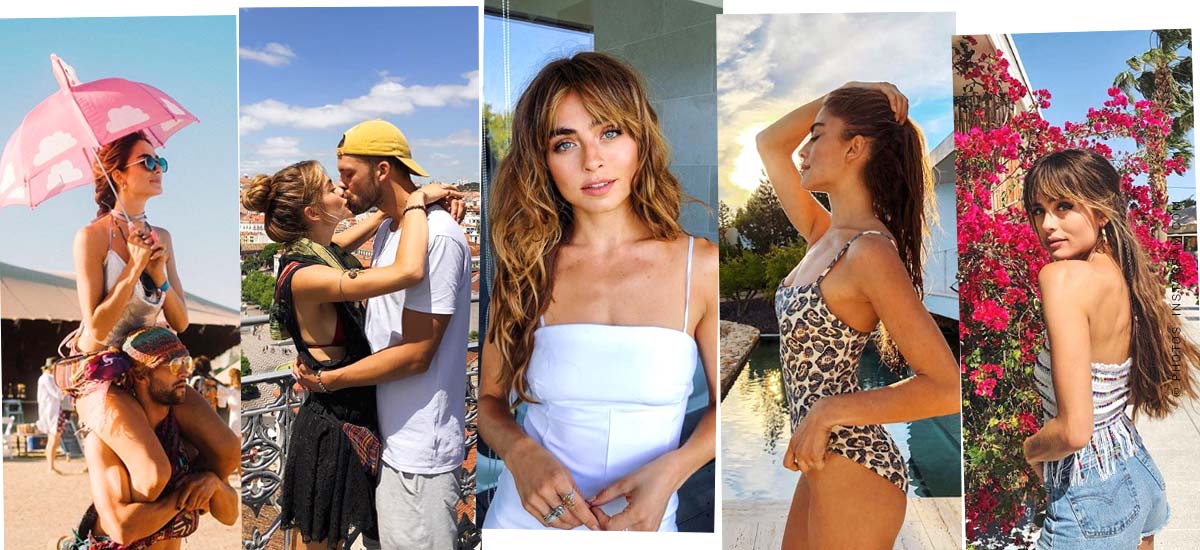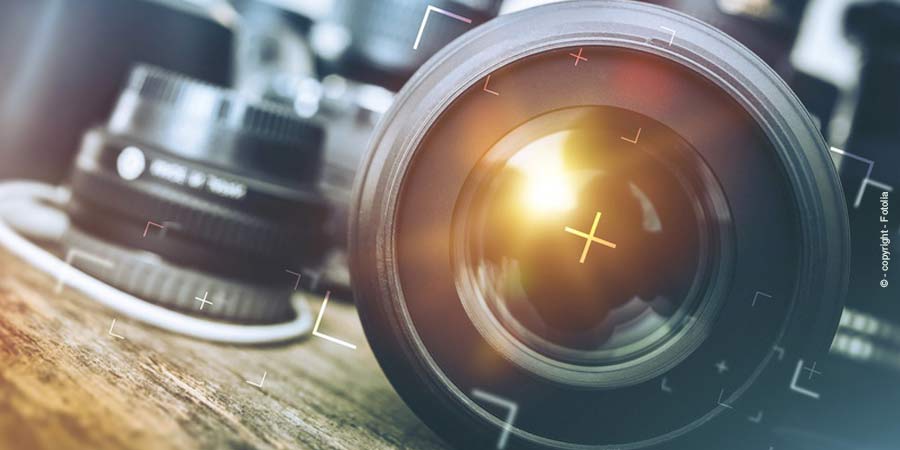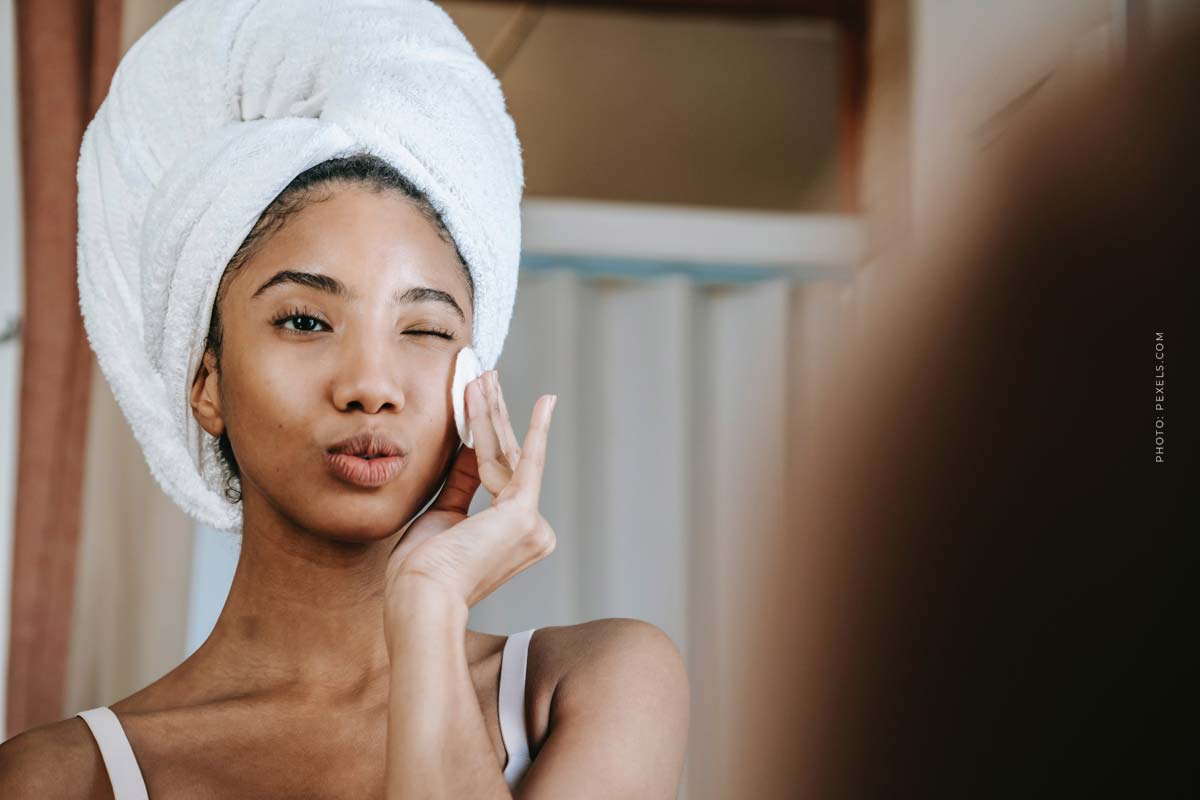Beauty Retouching: With the golden cut to the perfect photo
Every human being is radiantly beautiful. This is the optical statement of every beauty retouch. This technology is mainly used for advertising purposes. However, the art of retouching is neither new nor perfect. Even digitally, the tools of this technique can make a template “more beautiful”, which in itself is optimal. For the perfect result, professionals should distinguish well between the goal of expression and exaggeration.
What is beauty retouching – What does it mean?
The “golden ratio” can serve as a very simple explanation of this technical term. Since ancient times, this has meant a ratio of proportions in a face, a figure or an overall view that as many people as possible perceive as beautiful. But from the golden section, reality in all dimensions that can be grasped is usually distant by many details. A beauty retouching thus tries to “cover up” small deviations with technical help, to “retouch” them. The viewer of such an object sees his unconscious ideals of beauty fulfilled in the edited version – and at least in the advertising industry appeals particularly positively to such a representation. Especially the symmetry of these proportions is used for the creation of a beauty retouch:
- skin clean, firm, glossy
- eyes fresh and radiant, motivated, eyes attentive and open-minded
- teeth shiny and as white as possible, symmetrical, without noticeable gaps or size differences
- Face according to the golden ratio symmetrical
- Lips full, cheerful, glossy
90 – 60 – 90 (the dimensions of the statue of Athena) are also among these characteristics for a perfect golden section in the human stature.
The less, the more – so a beauty retouch can be economical
The better a photo shoot is prepared by the model, the less effort is necessary for the following technical beauty retouching. Make-up and creaming are such basics, which are skilfully supplemented by the work of experienced make-up artists. However, there are situations in which not perfection but naturalness is in demand. This is exactly what fine differences are good for, which make the use of the subsequent beauty retouching only meaningful:
- What statement should the target group get?
Hardly any ordinary citizen will reach for the lawn mower in a radiantly beautiful and perfect way. Users of creams, make-ups and other skin care products tend to strive for this surreal symmetry.
- Which age group is addressed by beauty retouching?
Old people do not want to look at full-haired pensioners with a vital step and shiny, plump skin. The mid-thirties don’t want to be reminded of their approaching “midlife crisis” by folds and receding hairline corners. So this technology is above all about sensitivity in the visual appeal to the customer. “Because I can do it” no longer justifies the retouching of any flaws which, according to the advertising industry, can be removed with means and means. But the golden mean between the desired statement and the golden ratio remains the good recipe for a perfectly retouched photograph for advertising purposes or artistic aspects.
A beauty retouch tries with technical help to change small optical flaws to a perfect picture. The criteria of the “golden section” are used for human representations, which were already a model and desirable goal of the artists in ancient times. However, this also applies here: Too much is unhealthy. The trend of retouching accepts endearing differences and thus appeals to a target audience directly from the imperfect, unretouched life.




